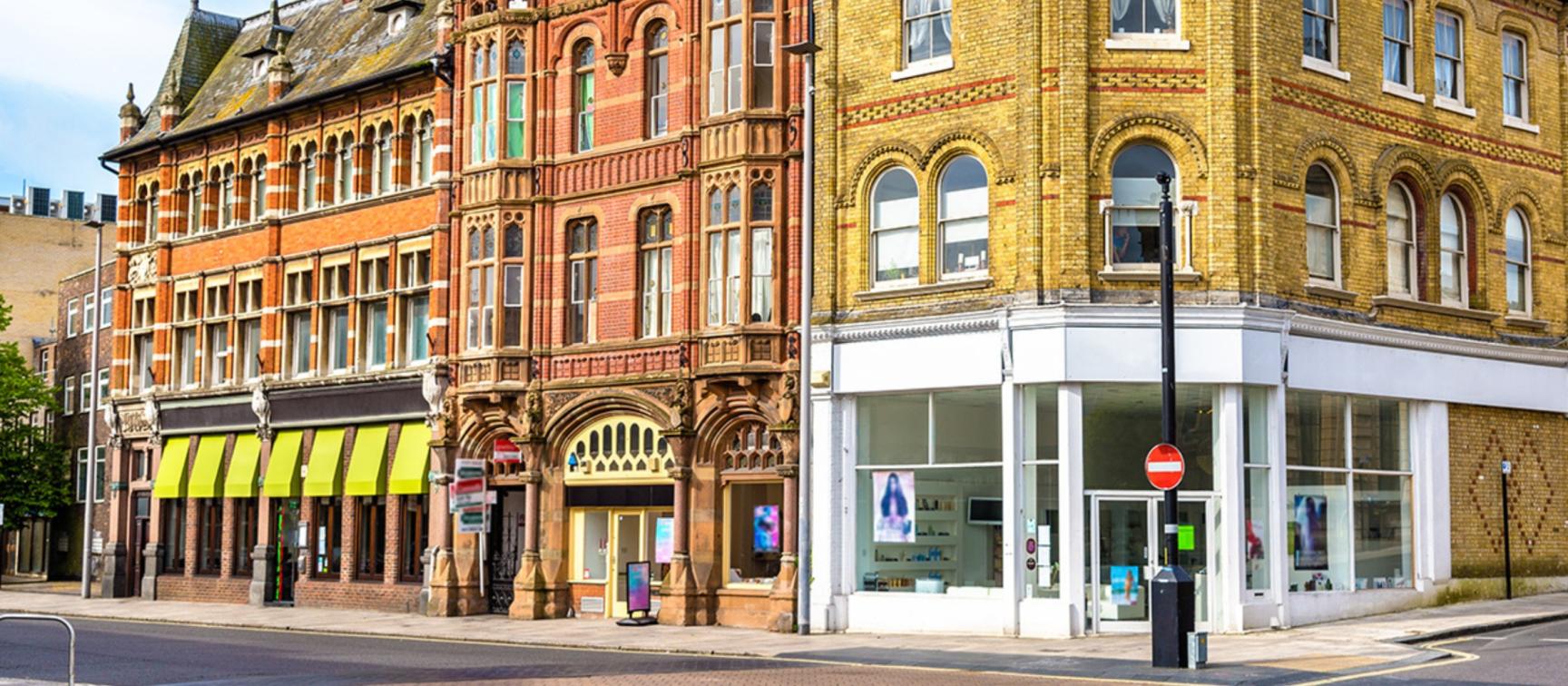
Commercial To Residential Conversions - £1.5bn Opportunity
Making use of disused sites via commercial to residential conversion could be a key strategy when it comes to fulfilling the UK’s housing need.
Speeding up the planning system and focusing on urban brownfield sites for new housing developments are among proposals made recently by housing secretary Michael Gove in recent weeks. This includes a change of use for numerous shops and takeaways into homes, focusing on increasing the level of city centre investment, as opposed to building out into suburban and more rural areas to meet the Governments house building targets.
City centres are still extremely popular places for people to live and work, as growing numbers of people have switched from fully remote working during the pandemic to being in the office more regularly. For many, living close to both work and leisure is once again a top priority.
Carrying out commercial to residential conversions could open up more housing opportunities in the places where they are needed, argues Gove, which is why the government will make it easier to convert properties that are no longer in use.
According to new data from Searchland, there are almost 28,000 Class MA development sites across England, carrying a total value of around £1.5bn. These buildings all have permitted development rights, meaning they can be converted from commercial to residential premises.
The number of commercial to residential conversion opportunities varies widely across the UK, unsurprisingly led by England’s biggest city, London. The capital is home to around a third of all England’s Class MA sites, with 8,985 in total, and a combined estimated market value of £928m.
The south east and east of England were also frontrunners when it came to the volume of sites available, with 5,729 and 2,848 respectively, the research found. In terms of value, the south east totalled £385.4m while the east of England’s Class MA properties were worth approximately £186m.
Availability for developers
Mitchell Fasanya, co-founder and CEO of Searchland, said: “Disused commercial sites are a cornerstone of the government’s approach to solving the UK’s housing problems, if the rhetoric from Michael Gove is anything to go by."
“Our data demonstrates that developers already have the opportunity to turn thousands of commercial properties into residential developments and these sites currently hold significant value in the current market.”
From a property investment perspective, city centre flats have seen particularly high demand from tenants in recent months and, as a result, have become more sought after from buyers, too.
Last year, a survey by Nationwide found that the proportion of people looking to escape the hustle and bustle of urban life had “declined substantially”. It found that around 12% of movers were currently prioritising this in their move, including seeking more outdoor space, compared to 15% the previous year.
According to Emma Cox, managing director of real estate at Shawbrook Bank, poor supply levels are “insulating sellers” and this is set to continue, particularly in traditional UK housing market hotpsots.
She added: “The return to city centres after a two-year hiatus and the demand for more face to face interactions again could reignite the UK’s love affair with cities such as London.”
Credit - Buyassociation


